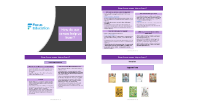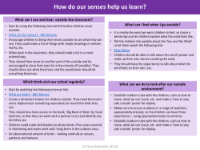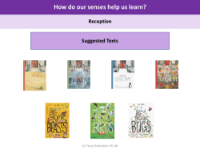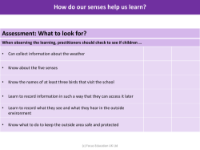How do our senses help us learn? - Continuous Provision
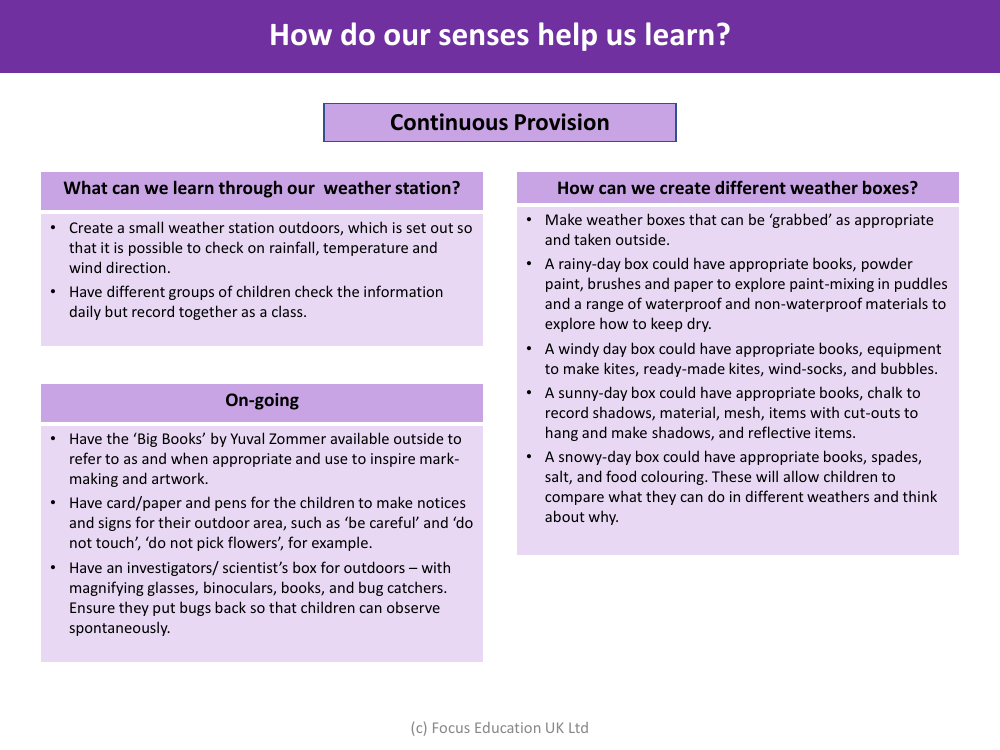
Science Resource Description
Learning through our senses is a fundamental aspect of early childhood education, and a weather station can be an excellent resource for this. By creating an outdoor weather station, children are given the opportunity to observe and record environmental changes. This station could include instruments to measure rainfall, temperature, and wind direction. Groups of children can take turns to check these measurements daily, with the entire class contributing to a collective record. This hands-on approach not only teaches about weather patterns but also encourages teamwork and data collection skills.
To further enrich the learning experience, the concept of weather boxes can be introduced. These are theme-based kits that can be taken outdoors to explore the elements through a variety of activities. For instance, a rainy-day box might contain items for paint mixing in puddles, books about rain, and materials to explore water resistance. A windy day box could include materials for kite making, wind-socks, and bubbles, while a sunny-day box might have chalk for shadow tracing, and reflective objects to observe light. A snowy-day box could be filled with spades and salt for snow manipulation. These weather boxes enable children to engage with the weather creatively and scientifically, allowing them to draw connections between their experiences and the concepts they learn. Additionally, having resources like 'Big Books' by Yuval Zommer, writing materials for signage, and an investigator's kit with tools for exploration, ensures that learning is continuous, spontaneous and deeply integrated with the natural world around them.
